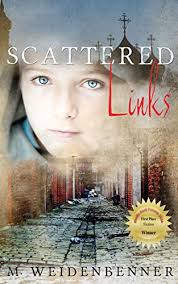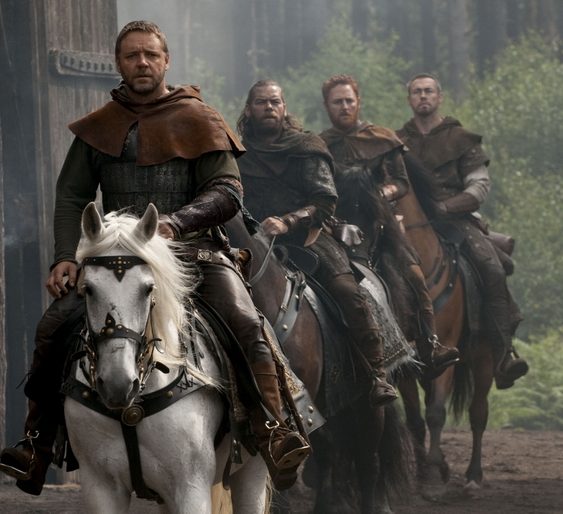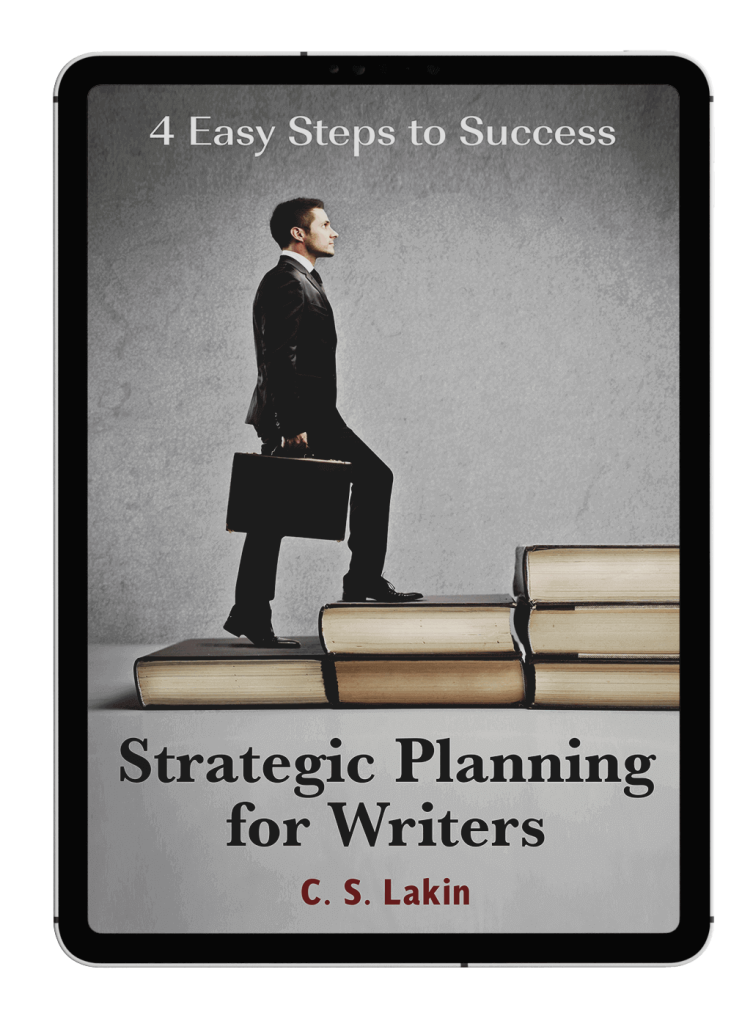A Powerful Way of Layering a Subplot into Your Novel
We’ve been looking at my 10-20-30 Scene Builder concept, and you’ve gotten your key ten scenes upon which to further build a strong plot for your novel.
Last week we dove into my crime novel A Thin Film of Lies, and I showed you how you might layer in the next ten scenes with a subplot.
I believe subplots take a good book and make it great—that is, if the subplot is highly keyed into the themes of the novel. When thinking of examples of terrific subplots, the first (and best) book that came to mind was Michelle Weidenbenner’s Scattered Links.
I’ve used Michelle’s terrific novel before as an example other times in my blog. I worked with Michelle on this book as her editor and watched this book transform, especially in the development of her themes.
So I asked Michelle if she would kindly make a list of her subplot scenes (though this is only one of a few subplots she has going on in the book, another being a sweet romantic thread and one dealing with the sister she left behind).
This particular powerful subplot goes right to the primary theme of Michelle’s book, for it’s a parallel situation, which is what I encourage when creating a subplot.
What do I mean? Whatever your main character is facing, thematically, in the book can be symbolized, emphasized, blown up big, and used to drive a point home.
In A Thin Film of Lies I used the subplot of Fran’s son’s trouble at school as the parallel to the main plot and theme. In the main plot, Mike Jepson is accused of murder but swears he’s innocent. Fran struggles with believing him. So my subplot involves her teenage son being accused of hacking the school’s computer to change grades, and he swears his innocence but she struggles with believing him.
Take a look at last week’s chart of how the subplot scenes were layered over the main plot’s key ten scenes. Now let’s take a look at what Michelle did in Scattered Links.
A Look at a Terrific Subplot
Scattered Links is a novel about Oksana, a Russian teen, who’s abandoned in an orphanage. She is subsequently adopted by an American family and brought to the US—to an unfamiliar, frightening environment. She’s been hurt, abandoned, betrayed by someone she trusted (her mother). She is not anytime soon going to trust or allow her heart to love this couple who have taken her in.
This subplot allows the reader to see Oksana’s pain and her healing journey.
This story gives readers insight into RAD, reactive attachment disorder, which is often present in post-institutionalized and foster-care children. Children who didn’t have a healthy bonding experience early in life often aren’t able to show love and trust.
Therapeutic equestrian riding ranches have been successful in helping children with RAD.
In Scattered Links, Oksana is taken to her family’s friend’s ranch and meets a horse on page 97, which is about 40% through the story. This begins a subplot in Oksana’s journey.
 When she meets the rescued horse for the first time, he’s emaciated. His head droops as he stands in the corner of the stall, and his ribs protrude from his skin. It looks like they’ll pop through one of the crusted sores on his back. He watches Oksana with one eye. She recognizes the distrust he exhibits because she can relate to it. He is like her.
When she meets the rescued horse for the first time, he’s emaciated. His head droops as he stands in the corner of the stall, and his ribs protrude from his skin. It looks like they’ll pop through one of the crusted sores on his back. He watches Oksana with one eye. She recognizes the distrust he exhibits because she can relate to it. He is like her.
When she moves toward him, he flinches as if afraid she’ll hurt him. He collapses to the ground. Oksana goes to him and cries. Already the reader’s heart is moved by such a horrible situation and can see the thematic parallel.
This is the first time the reader sees the despair in Oksana. It’s the first time she allows herself to grieve openly for her lost family.
Remember this point I made earlier about subplots: you are going to have your key scenes all about the subplot. But many other scenes are going to mention the subplot. There might be bits of conversation between characters or thoughts in characters’ heads, all related to the subplot.
Just as in real life, those Plots B and C will interrupt our day. And these continual minor reminders are important to keep the subplot in the back of the reader’s mind.
So in the scenes in which Oksana is not at the ranch and dealing with the horse, there are moments in other scenes in which she is thinking about the horse or talking about him to another character, all helping to make that theme bloom and grow in the story.
Here are the other key scenes involving the subplot.
Page 105 (42% mark) – The horse spooks from a water hose, rears up, and almost crushes Oksana. Here we see how vulnerable they both are.
Page 111 (44% mark) – Oksana names the horse Boris because it means warrior. It’s the first glimpse that Boris has begun to heal from Oksana’s care. She’s learning how to care for someone besides herself.
Page 114 (45% mark) – When Oksana overhears her adoptive mother’s words, “She doesn’t talk to us. She’ll barely look at me. How are we supposed to help her if she keeps walking away?” she feels rejected. She flees to Boris in the pasture, presses her face into his neck, and sobs into the tissue of his healed scars.
Boris gives Oksana a safe place to admit her struggles.
Page 128 (51% mark) – Boris throws Oksana off of him and gives Oksana insight as to how untrusting he still is, which mirrors Oksana’s behavior with her new family, too.
Aunt Laura says to Oksana, “Sometimes animals are unpredictable. Boris is still healing on the inside even though he looks stronger on the outside.”
This is true with Oksana too.
Page 136 (54%) – Oksana and Boris reunite. Forgiveness is a foreshadowing of what’s to come. In order to heal, Oksana must learn how to forgive.
Page 139 (55%) – Due to bad behavior, Oksana’s adoptive family forbids her from seeing Boris, which only strengthens Oksana’s determination to see him again.
[Note: see how the subplot develops complications and is building to a climax, just like the main plot. Just as Oksana has to push through to stick with Boris, she has to push through to make this adoption work for her.]
Page 155 (62%) – Oksana may lose the one person closest to her. In order to save this person, Oksana has to confront a terrible secret. The bond that has grown between her and Boris has propelled her to move forward.
Page 174 (69%) – Oksana is called to Boris’s side because he’s ill. She rescues him from a poisonous situation and stays with him until he is well again. [These are those twists and dark night moments that test her further before the climax.]
Here the reader sees that Oksana has healed enough to care for someone else, to love Boris.
Page 207 (82%) – Oksana sets out to face the one person she needs to see to heal the most. Boris has given her the courage to move past where she is now to where she needs to be.
[Note: beautiful job using the subplot as the force to give the protagonist the strength needed to reach her goal in the main plot!.]
Page 243 (97%) – In the last scene, Oksana saddles Boris and rides him, showing both a girl and a horse that have healed greatly from the very first scene when they met.
[Here is, essentially, the denouement and the HEA for the plot and subplot.]
I hope this look at Michelle’s amazing novel gives you more ideas on how you can weave a subplot into your novel.
Two Directions You Can Go with Subplots
Think about your big theme. Come up with a parallel storyline that can showcase that theme. You can also do the opposite, which is to have the subplot reveal an opposite end of the theme. Be sure to look at last week’s post to see how to layer the subplot over the first ten scenes.
In other words, instead of having Fran dealing with disbelieving her son, she could have stood by him fiercely, refusing to believe the claims that he cheated, which could drive home to her this question: why is she so willing to blindly believe in her son’s innocence but not give a stranger the same grace or willingness to allow for his innocence?
With Michelle’s story, she could have had Oksana bond with a horse that had been raised with love and affection and who easily adapted to a new home, driving home to her the polar opposite of her situation and amplifying the pain she feels in not being able to fit in.
While you can see how using an opposite/contrasting subplot can work as well, I believe the parallel types are usually more effective and more powerful.
I highly encourage you all to buy and read this terrific novel. I can easily say it’s one of the best books I’ve ever had the pleasure editing. You will learn by reading Scattered Links just what great story structure is. Get your copy HERE.
But play with this and see what you come up with. Use the ten key scenes chart first and get those foundational scenes laid down, then lay out your subplot scenes in a way that you can layer over the first ten.
Thought of a good subplot for your novel? Share it in the comments.












Sometimes I like the subplots more than the plots. They can be so interesting, and they add so many rich layers to what going on (especially if the plot is fairly standard and predictable). I love the Boris and Oksana examples you showed. It sounds like a lovely story.
Thank you, Staci. Susanne really shows a lot about subplots here. Wow! Great information.
Yes, she really went into detail on the topic. It was a fabulous post.
I find that thriller authors are often great at layering subplots. A personal or social problem (jealousy,infertility, broken promise, unemployment, racism etc) has led to a murder being committed. As the investigator interviews suspects, s/he finds that those are affected by facets of the same problem, or maybe by exactly the opposite situation. The investigator him/herself, or their spouse or child, also suffers from a facet of that problem. This means the same theme gets explored from several angles.
The effect is not just a tight story but one of great depth.
Yeah, thrillers often have a lot of subplots, though many are very narrowed focused on the goal, such as Dan Brown’s books and Robert Ludlum’s. The hero is brought in to get/stop/find something before the bad guys do something horrible, and every scene is a ride of obstacles and danger and complications. I find that any novel is made better by a great subplot, and especially when those subplots are used to reveal more about character and bring out themes. But I will say that a lot of thrillers lack subplots altogether (the plot elements are mostly threads of the main plot) and they’re still great reads. Thanks for sharing that.